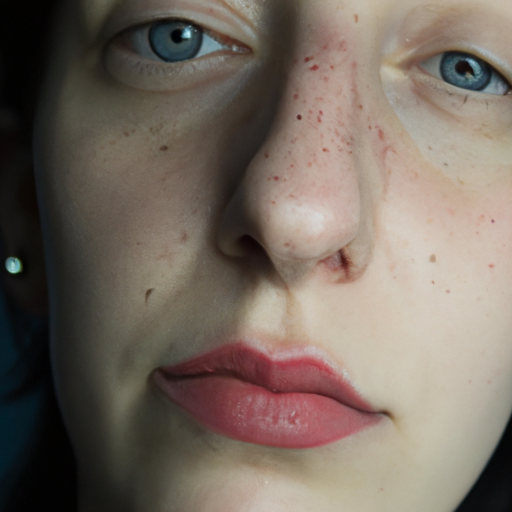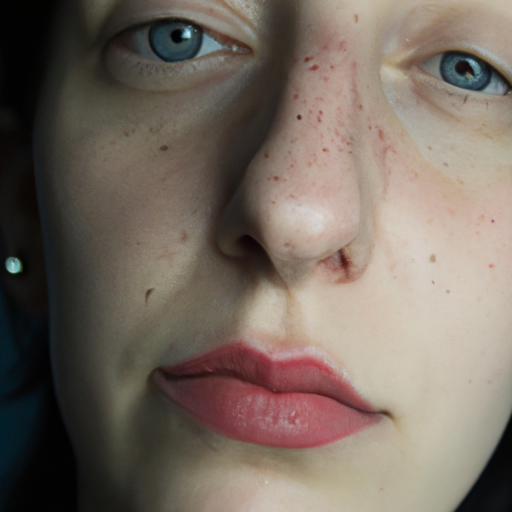Exfoliation, the process of removing dead skin cells from the surface of your skin, is an essential part of any skincare regimen. It not only enhances the skin’s natural radiance but also paves the way for other skincare products to penetrate deeper and work more effectively. This article will provide a comprehensive guide on face and body exfoliants and their proper use.
There are two main types of exfoliants: physical and chemical. Physical exfoliants use small particles, a brush, or a scrub to manually remove dead skin cells. They are typically made from natural ingredients like sugar, salt, or ground nut shells. On the other hand, chemical exfoliants use acids or enzymes to dissolve the bonds between skin cells, allowing them to be easily wiped away. They include alpha hydroxy acids (AHAs), beta hydroxy acids (BHAs), and enzymes derived from fruits like papaya and pineapple.
Choosing the right exfoliant depends on your skin type and sensitivity. For sensitive skin, it’s best to stick with a gentle chemical exfoliant like lactic acid or an enzyme-based product. These are less likely to cause irritation than a physical scrub. For oily or acne-prone skin, salicylic acid (a BHA) is a good choice as it can penetrate into the pores and help clear out excess sebum. Those with normal or dry skin can benefit from a physical exfoliant or an AHA like glycolic acid, which can help to hydrate the skin while removing dead cells.
Proper use of exfoliants is crucial to avoid damaging the skin. Over-exfoliation can lead to redness, irritation, and even breakouts. As a general rule, exfoliation should be done no more than two to three times a week for normal to oily skin, and once a week for sensitive or dry skin. Always follow up with a moisturizer to replenish the skin and protect the new layer of cells.
When using a physical exfoliant, apply it to damp skin and gently massage in circular motions, avoiding the eye area. Rinse thoroughly with warm water and pat dry. For chemical exfoliants, apply a thin layer to clean, dry skin and leave on for the recommended time (usually 10-20 minutes), then rinse. Some chemical exfoliants, like certain AHAs and BHAs, can be left on overnight.
Body exfoliation follows similar principles but can often be done more frequently as the skin on the body is generally less sensitive than the face. A body scrub or brush can be used in the shower, focusing on areas like the elbows, knees, and feet that tend to be drier.
In conclusion, exfoliation is a vital step in maintaining radiant, healthy skin. Whether you choose a physical or chemical exfoliant, always remember to use it gently and sparingly, and follow up with a good moisturizer. With the right product and technique, you can unveil your skin’s natural radiance and keep it glowing all year round.




